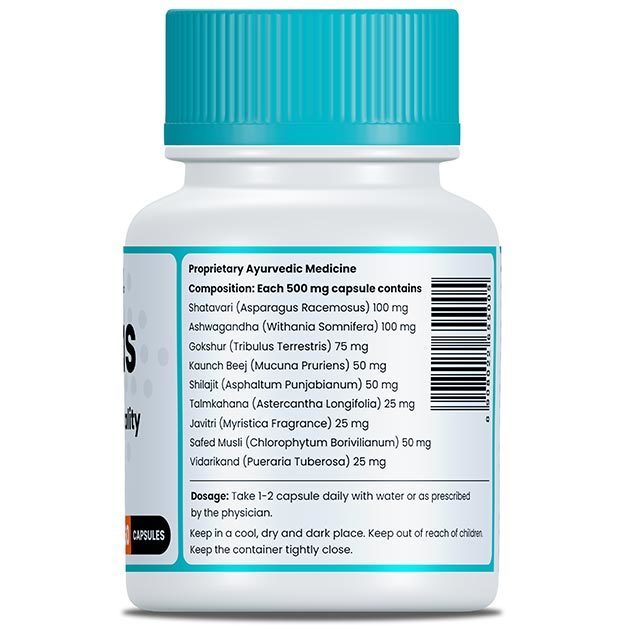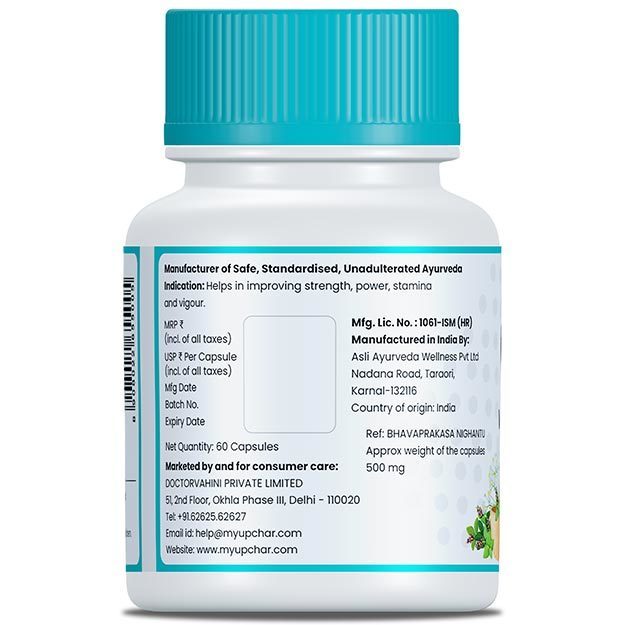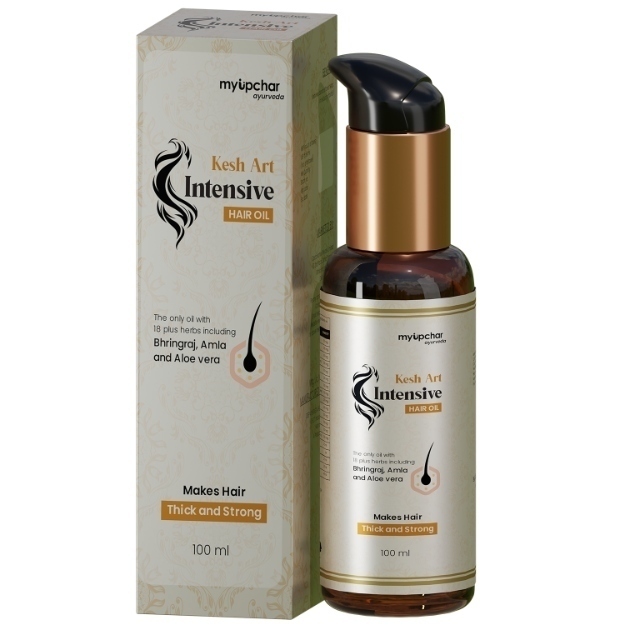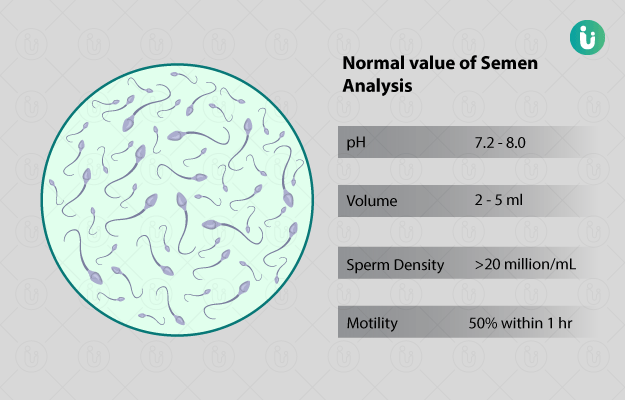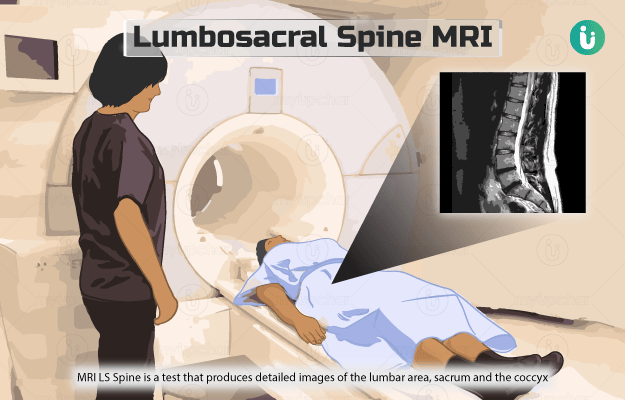What is Yeast Susceptibility test?
Yeast is a type of fungus that makes an important part of the natural flora of the body. However, an imbalance in the yeast population can lead to a condition called candidiasis (vaginal yeast infection).
A sensitivity or susceptibility test for microbes is used to determine the ability of a drug to kill a particular microorganism. Since more than one strain of a particular microbe may cause infection, this test helps select a suitable drug that can help treat an infection (bacterial, fungal or yeast) in an individual.
The yeast sensitivity test is a type of antimicrobial susceptibility panel test (also known as antifungal susceptibility test [ASFT]) that determines the effectiveness of antifungal medications at different concentrations on the growth of yeast.
It aids in determining the minimum inhibitory concentration (MIC), which is the lowest concentration of the antifungal drug at which there is complete inhibition of fungal growth.
Some of the commonly used drugs for the test are amphotericin, itraconazole, fluconazole and 5-flucytosine.
The AFST is usually performed on Candida species since candidiasis is the most common yeast infection in humans. Candida may cause superficial as well as systemic diseases. It is the fourth leading cause of bloodstream infections originating in hospitals. Among all the Candida species, Candida albicans is highly prevalent and shows resistance (growth even in the presence of drug) against the azole group of antifungal drugs. Other species tested for antifungal susceptibility are C. glabrata, C. guilliermondii, C. krusei, C. parapsilosis and C. tropicalis.












